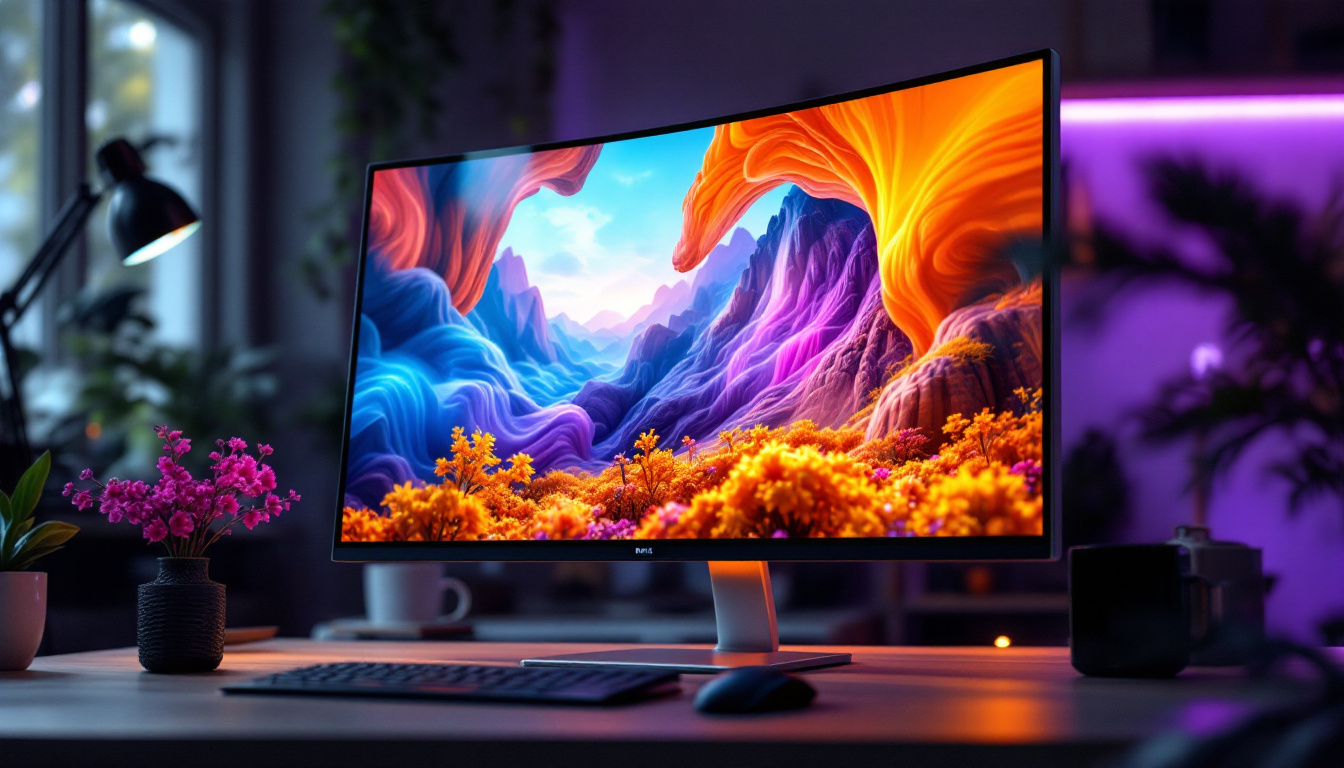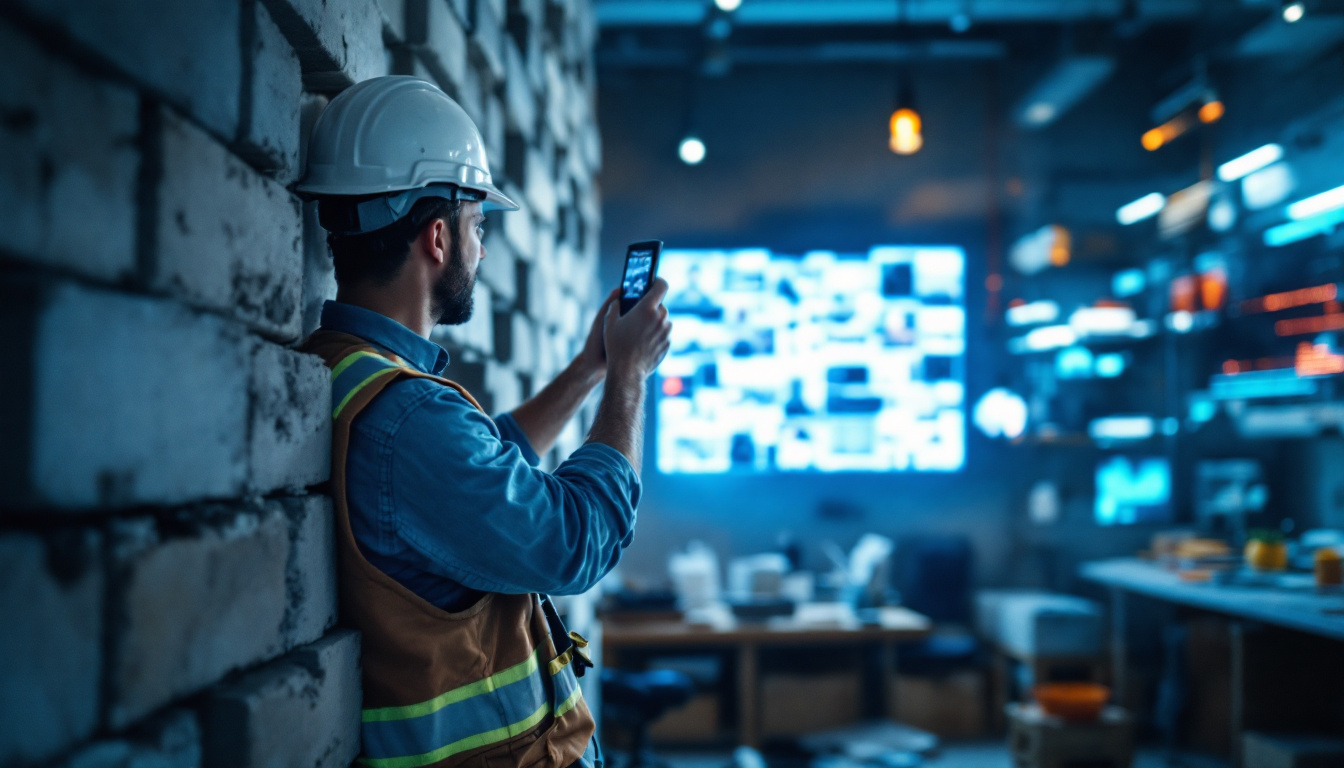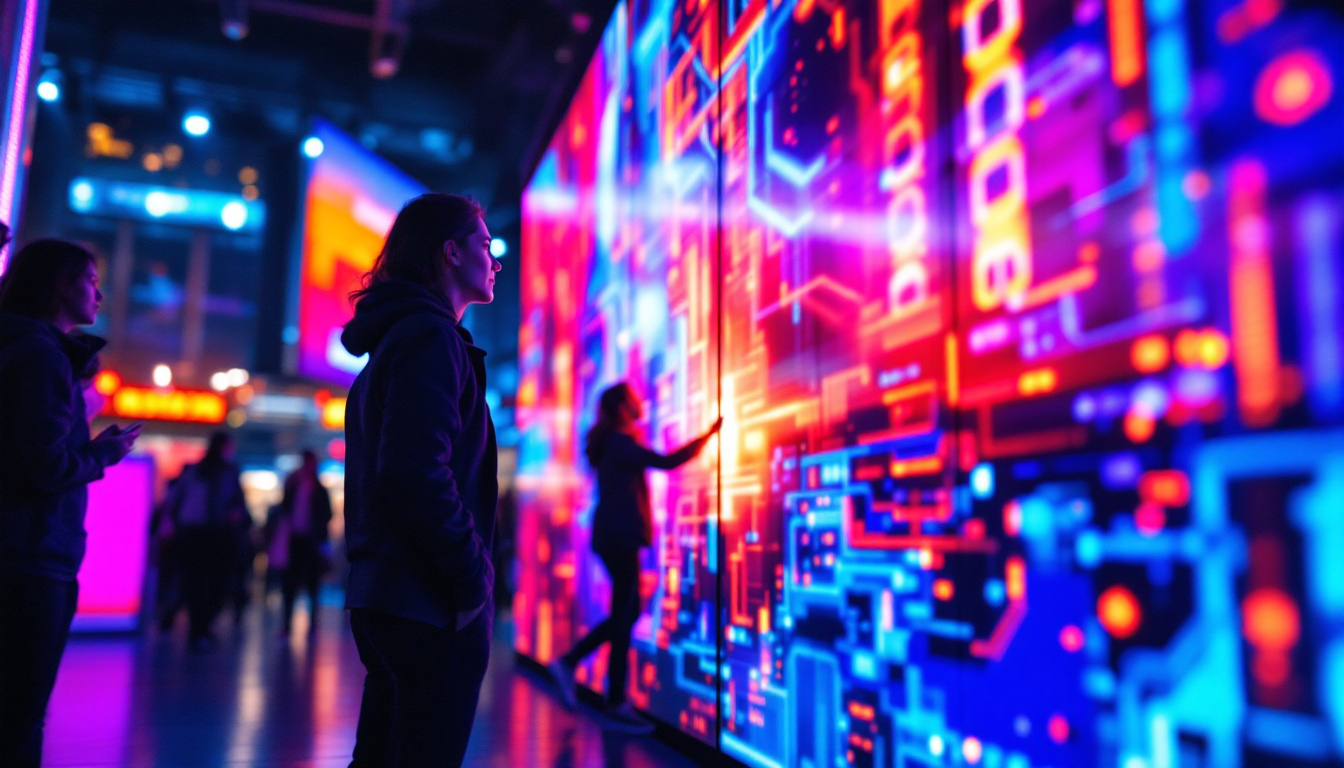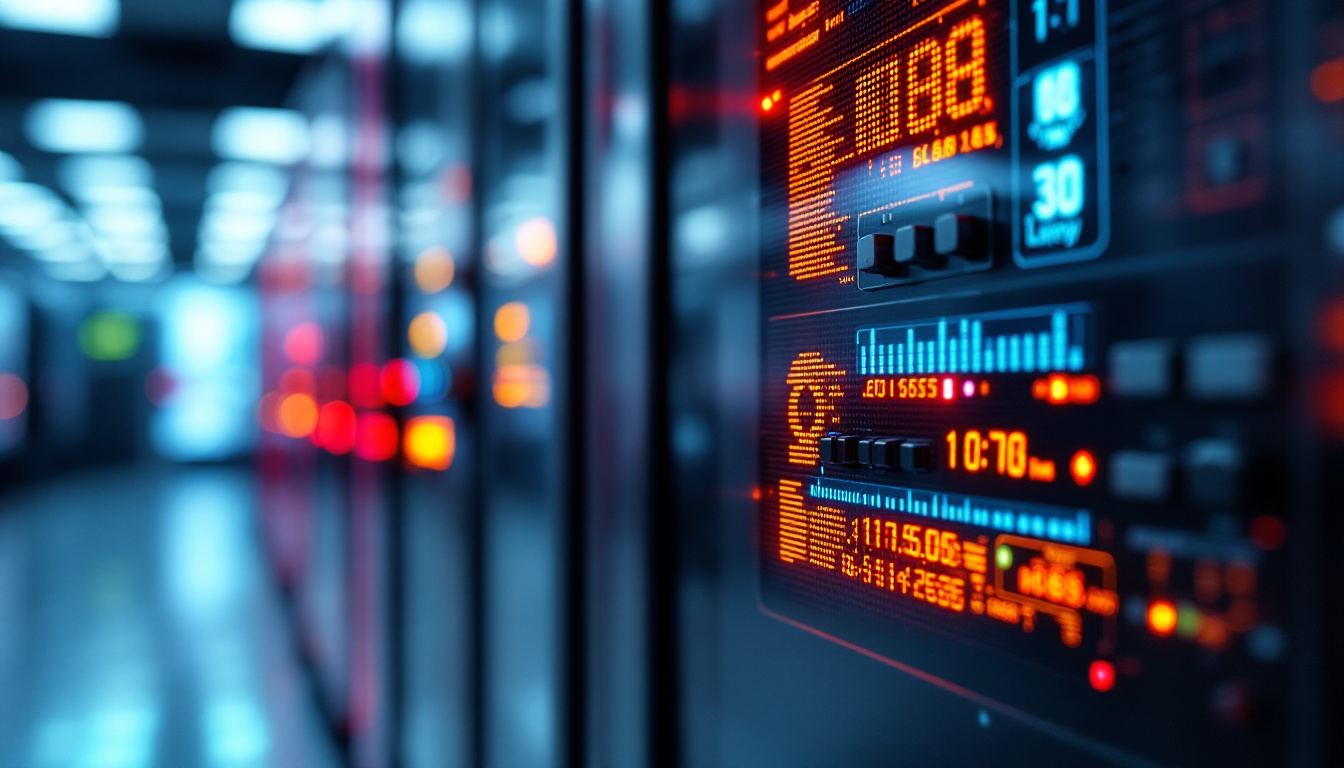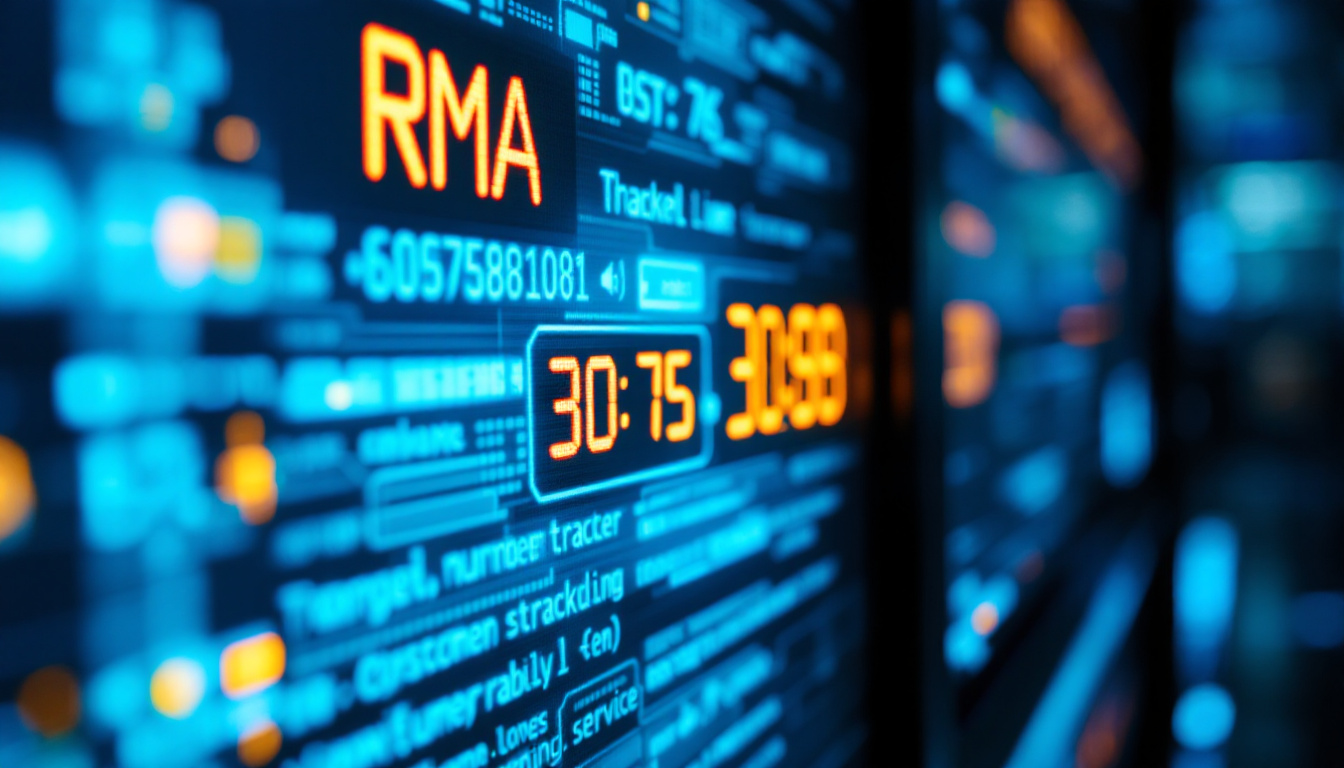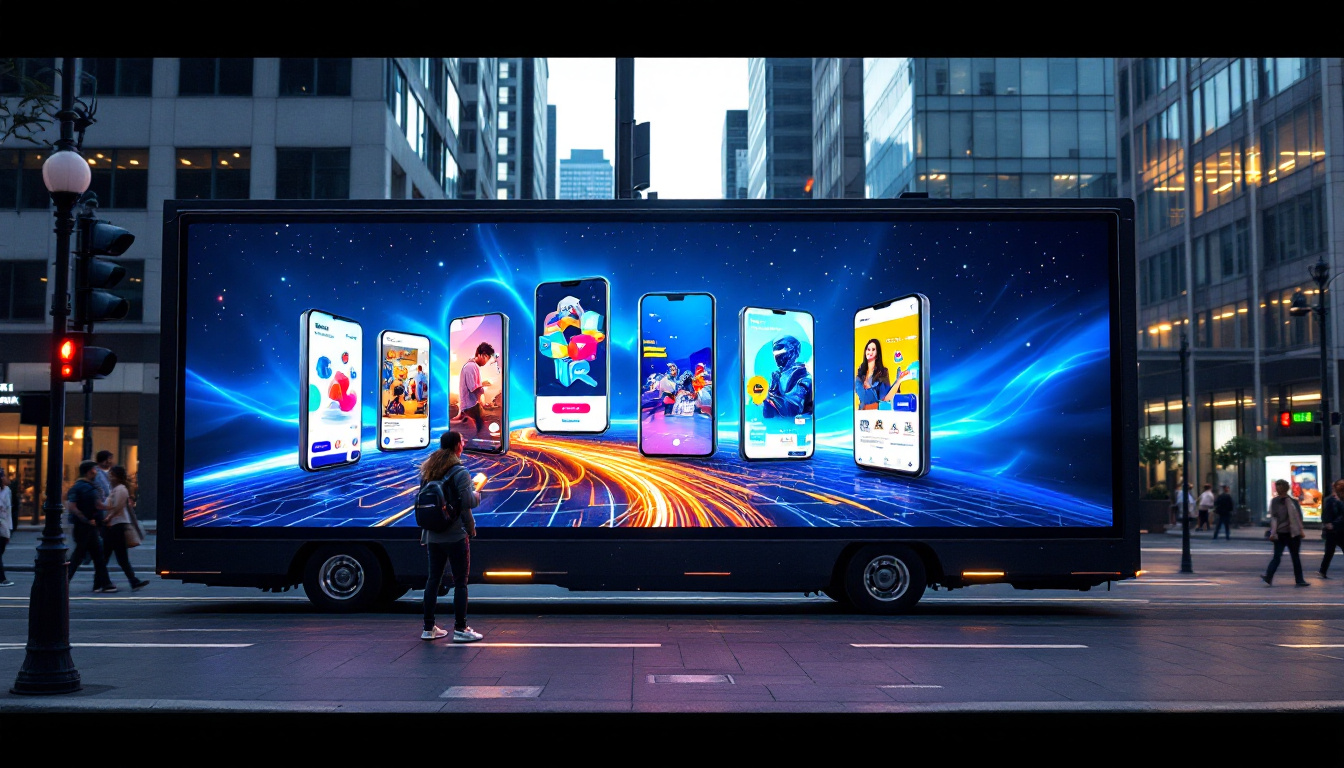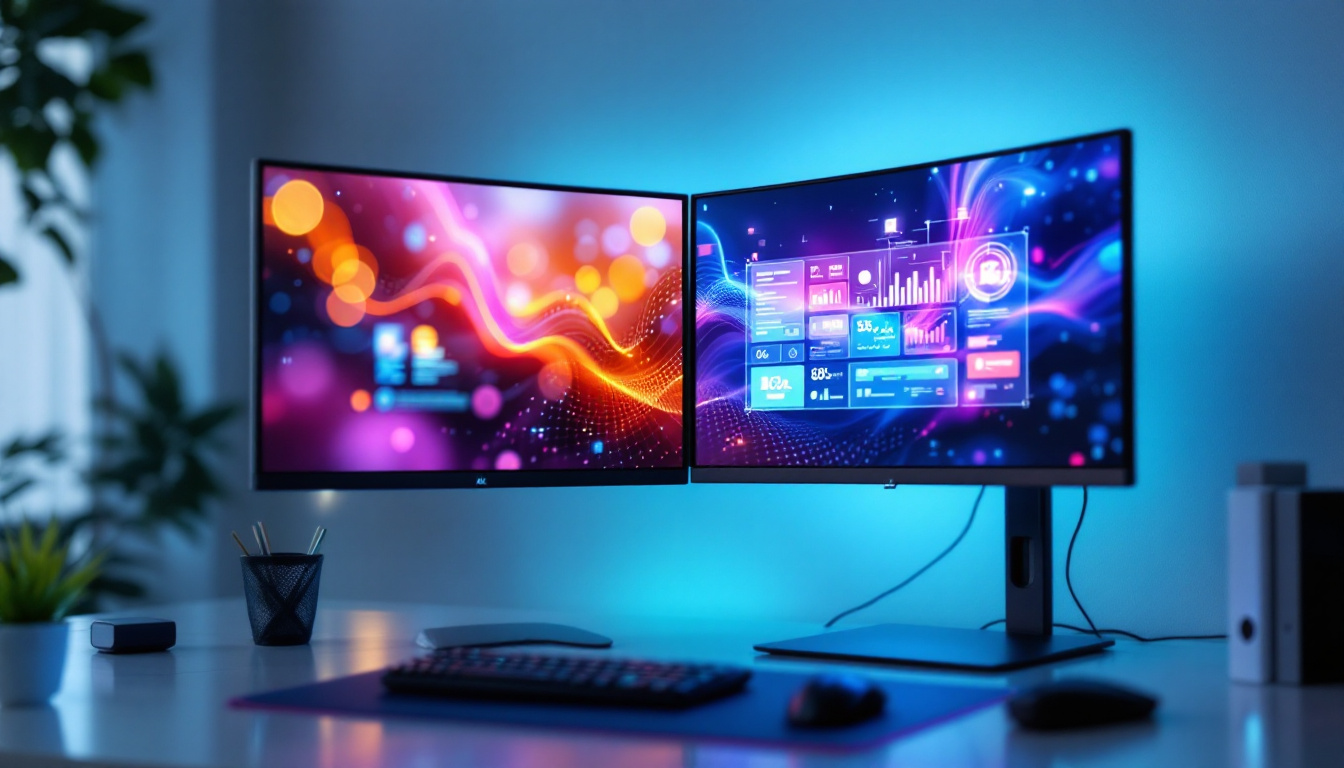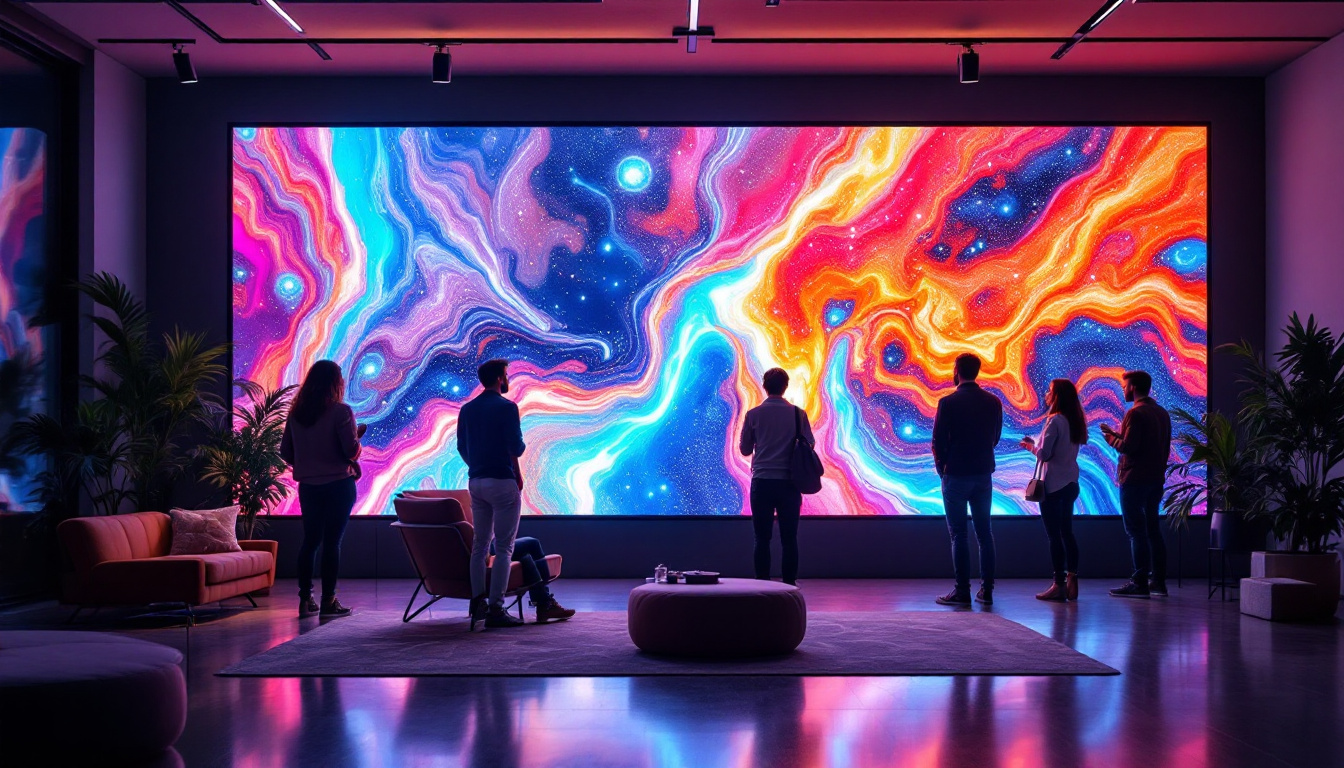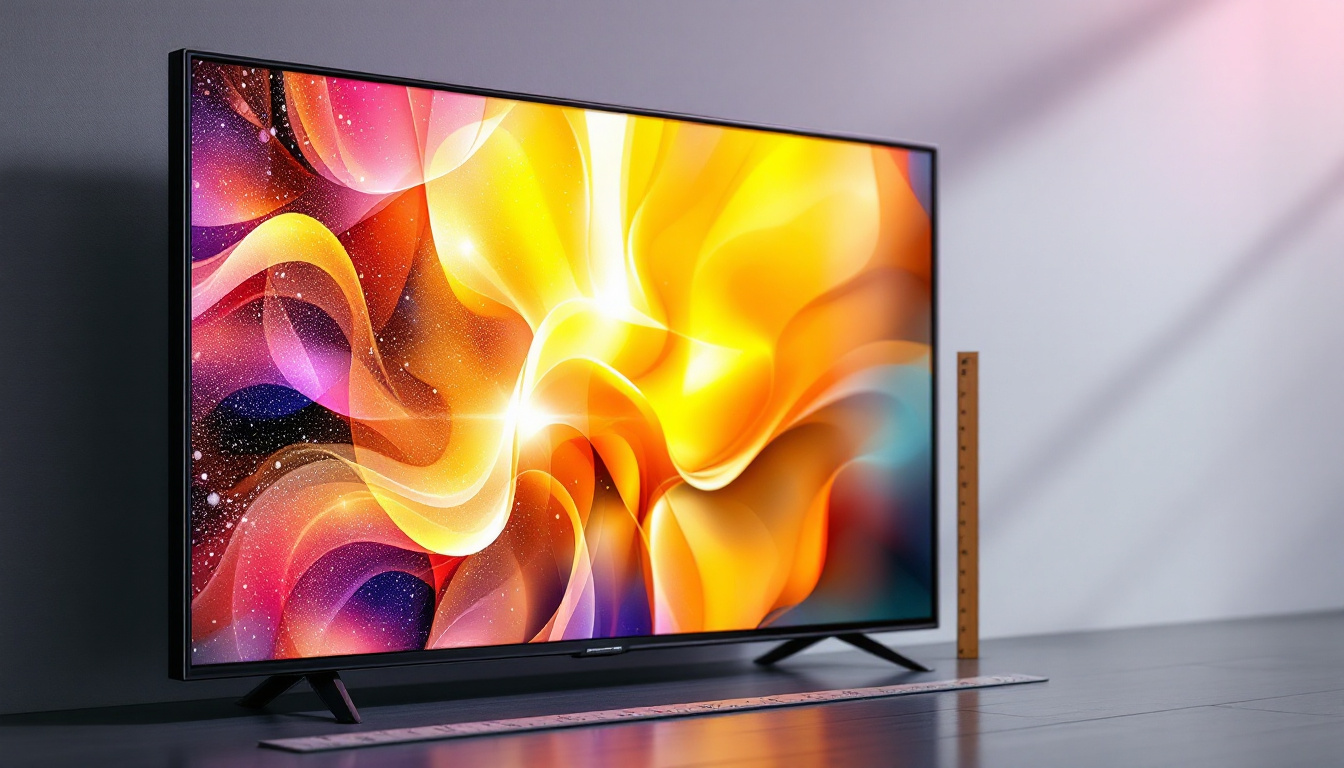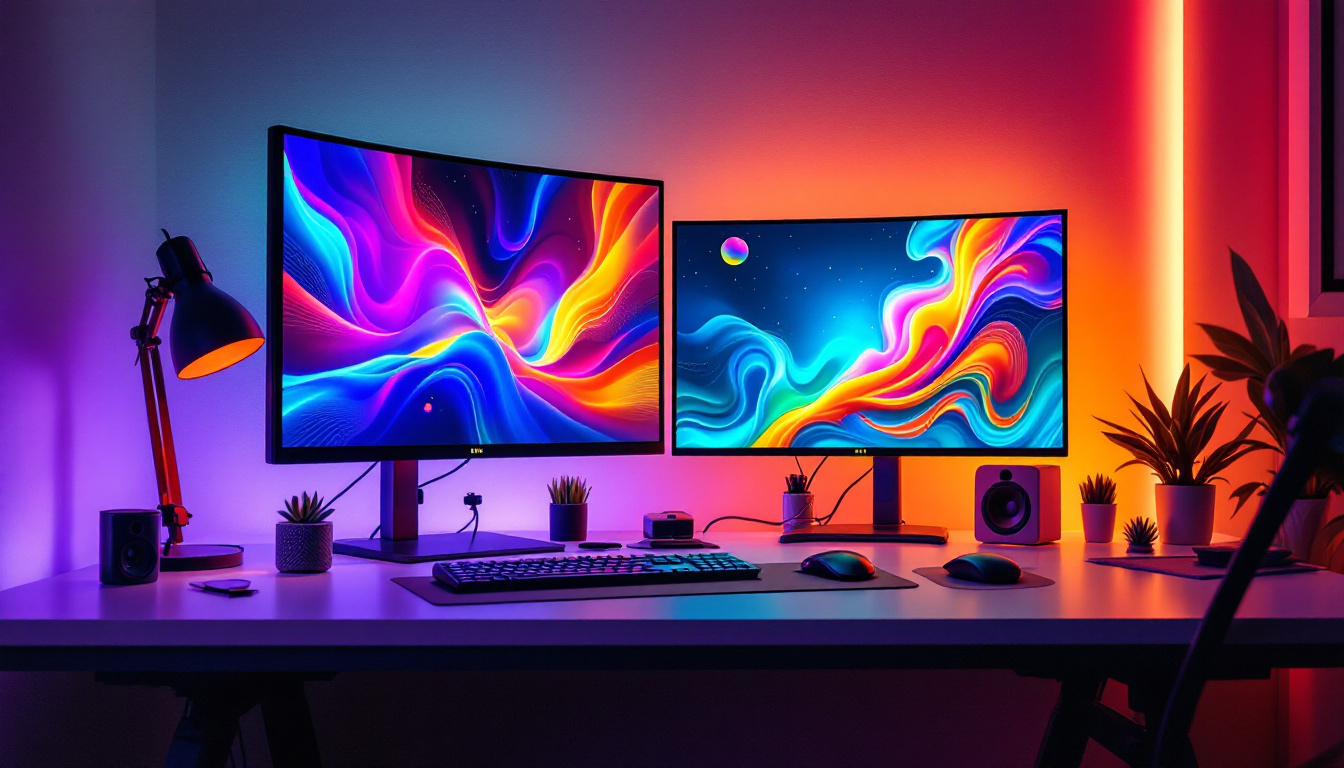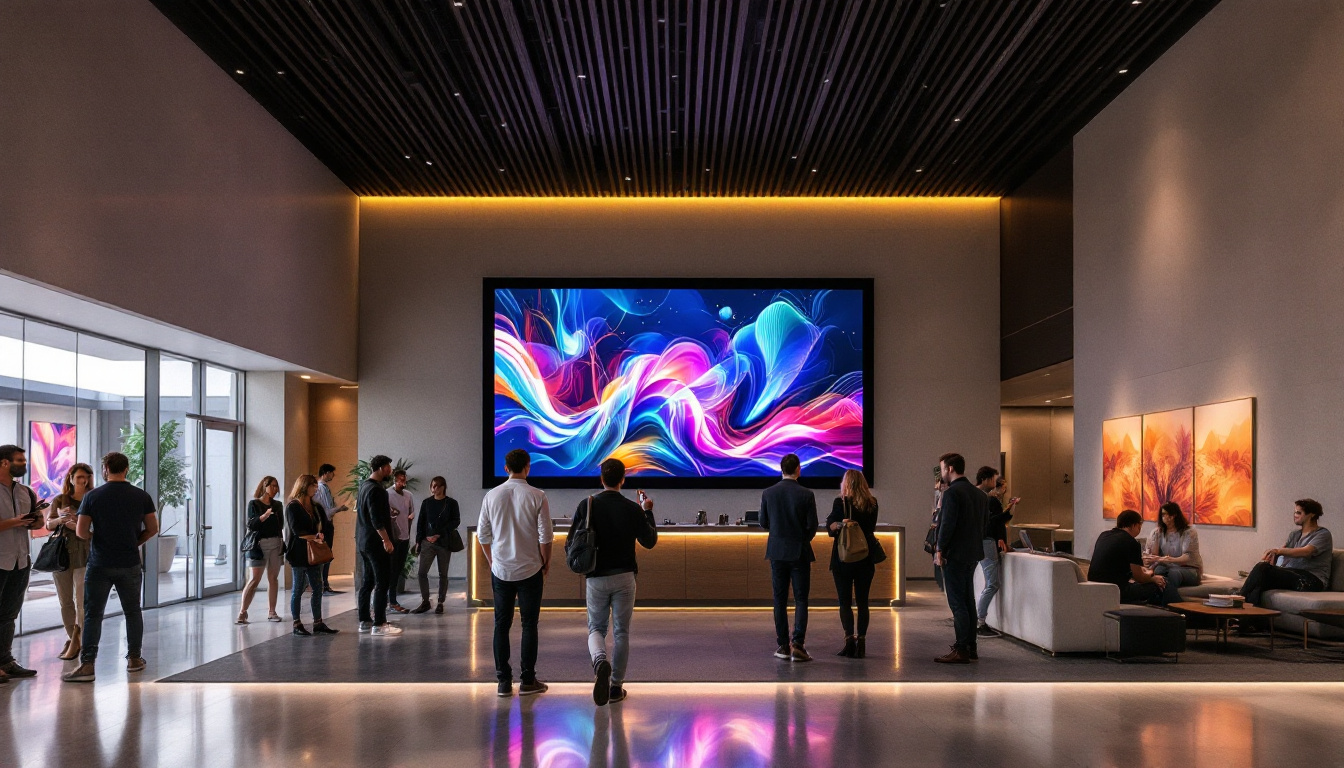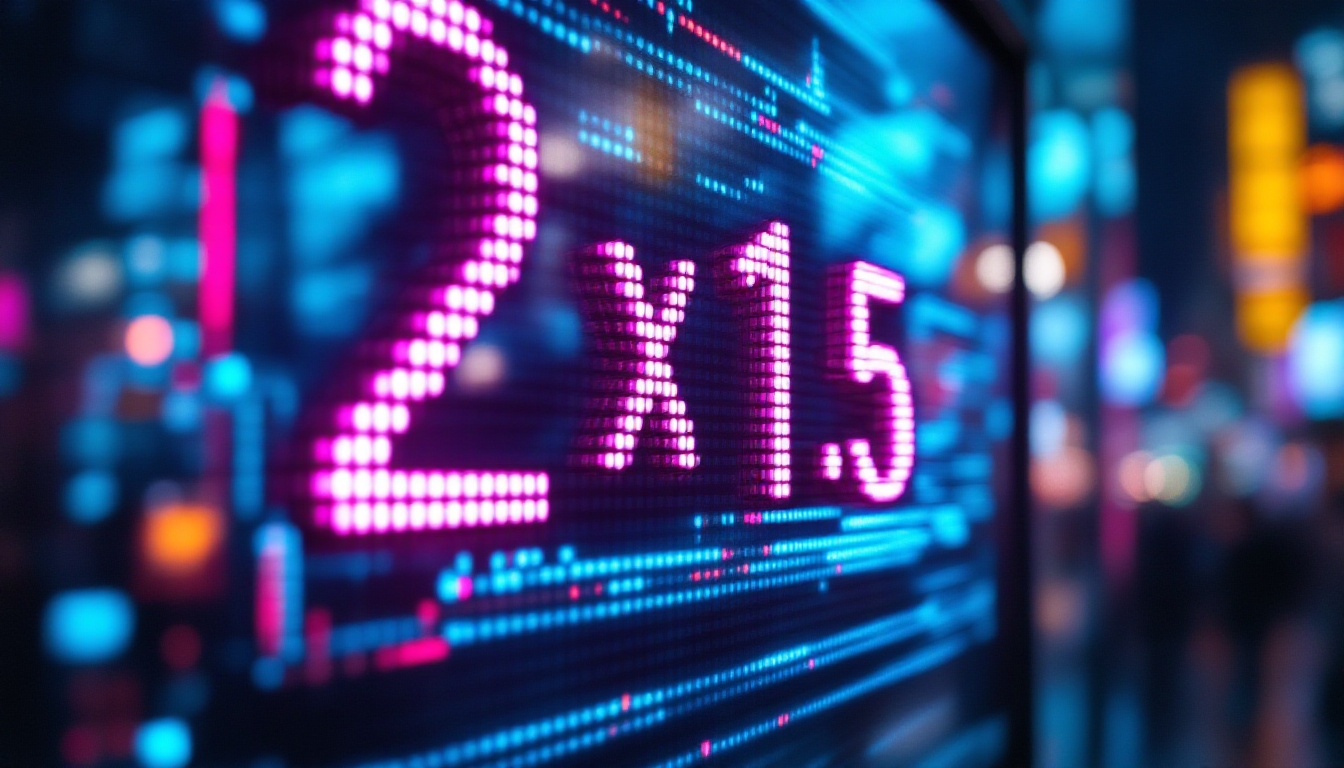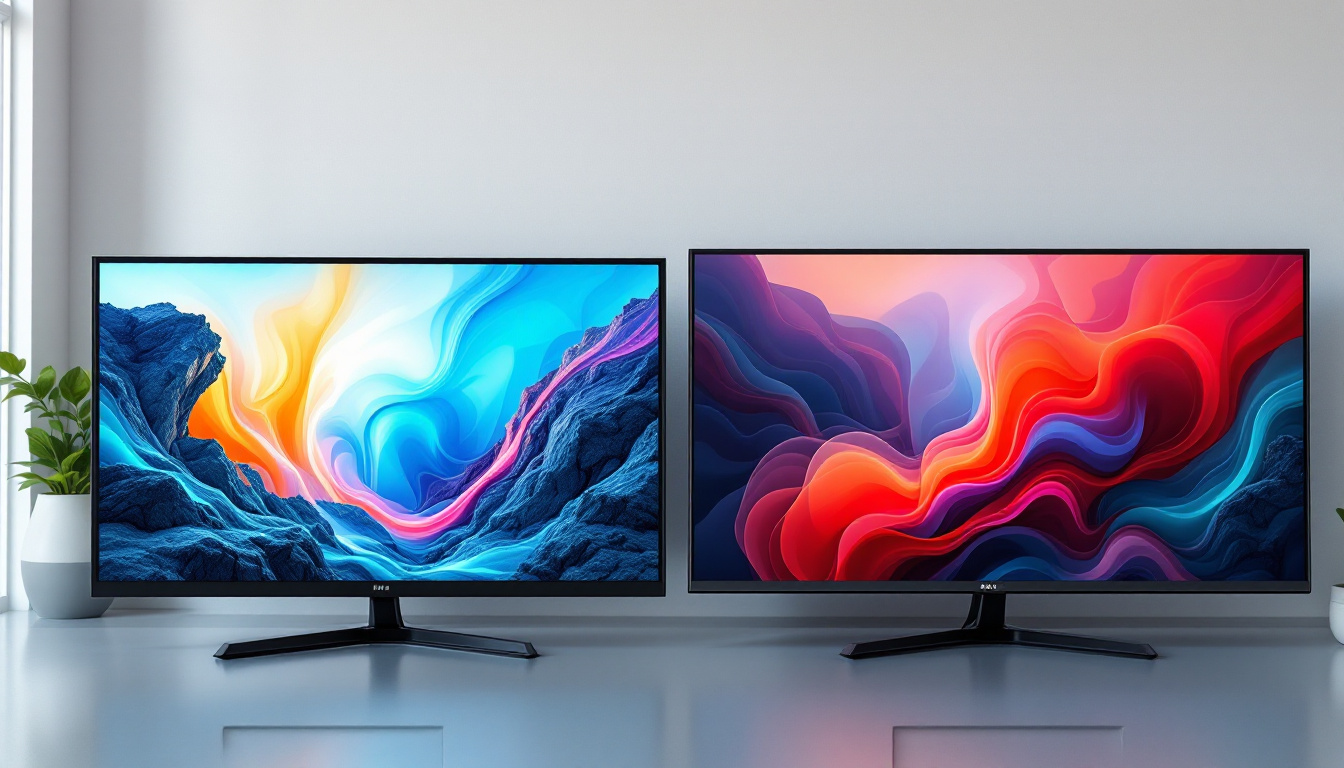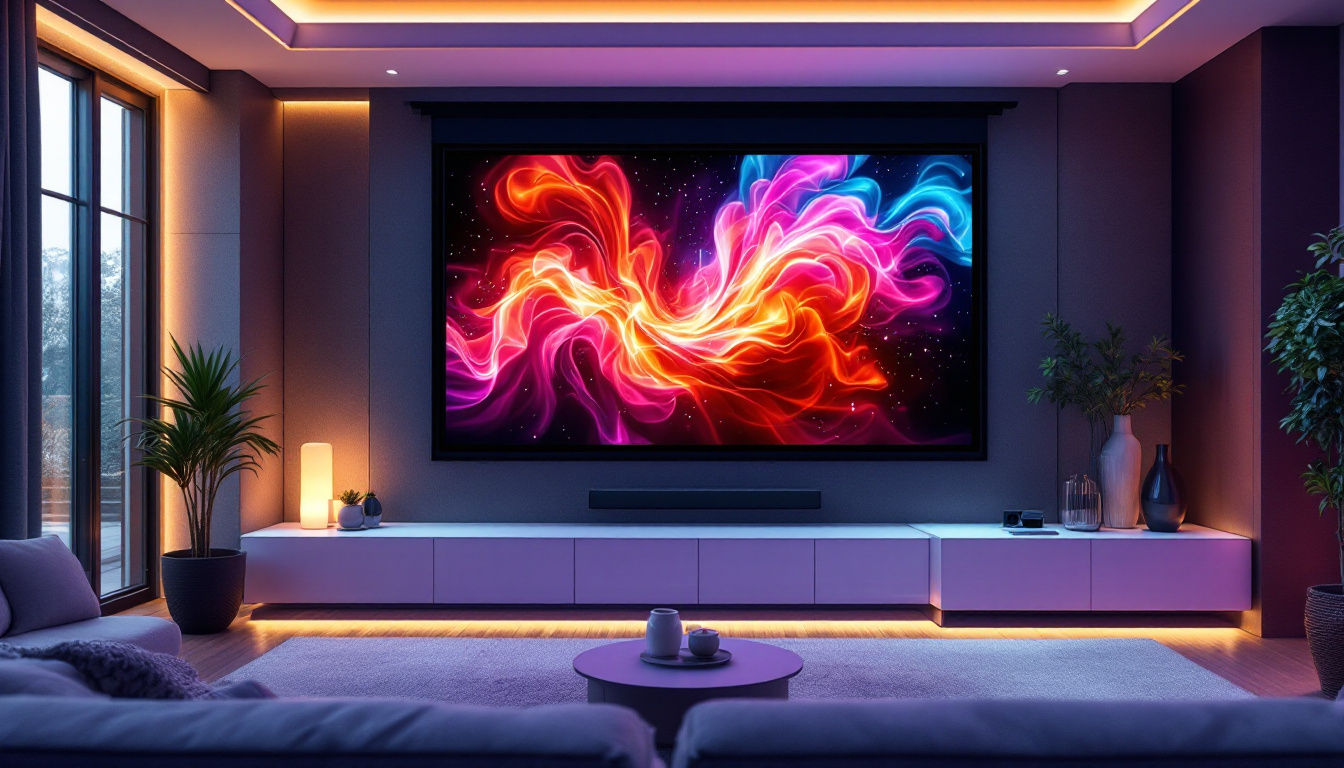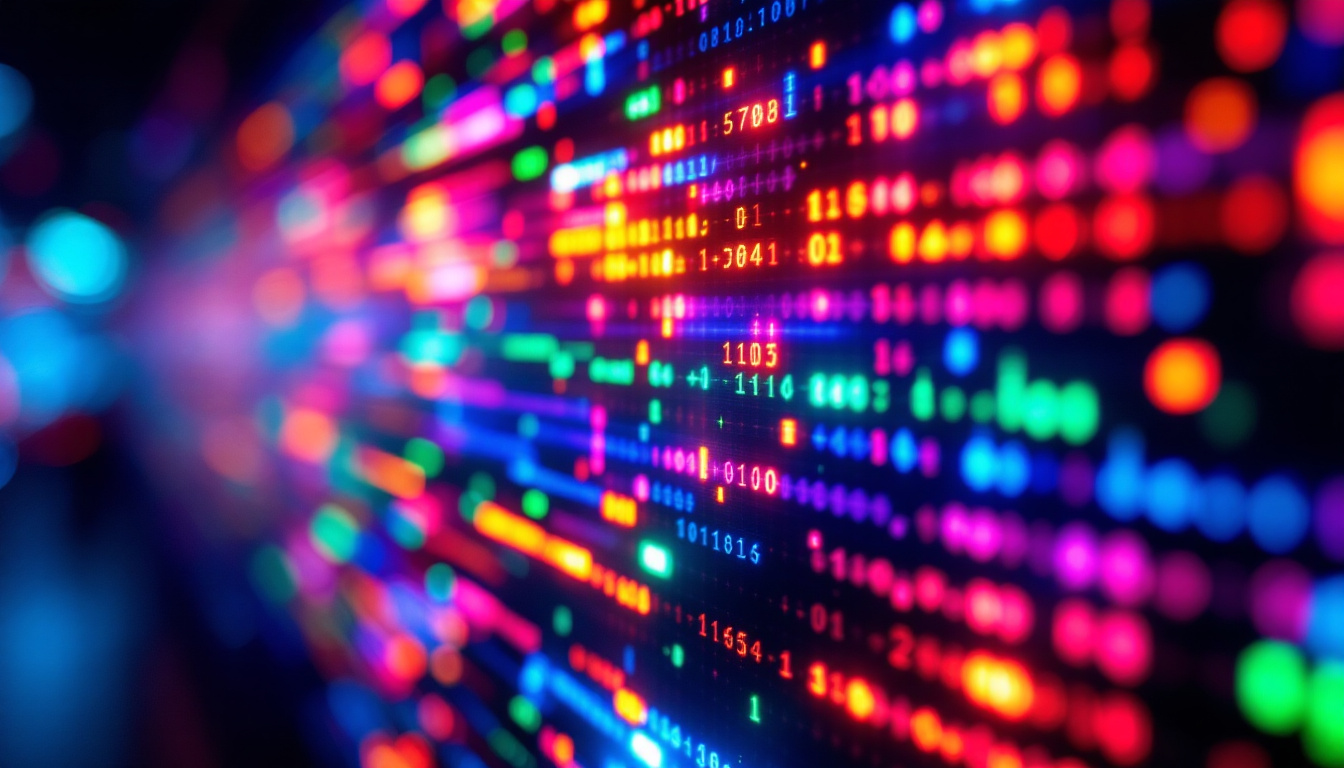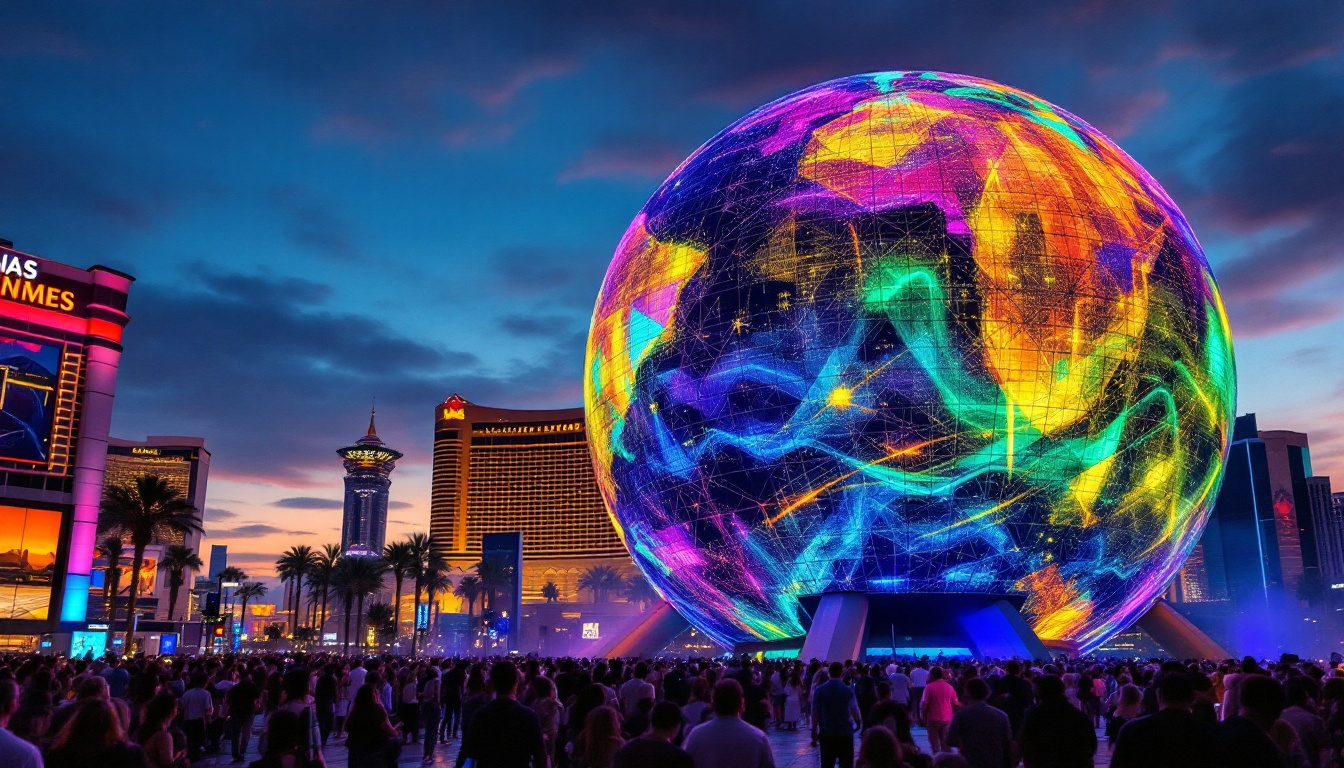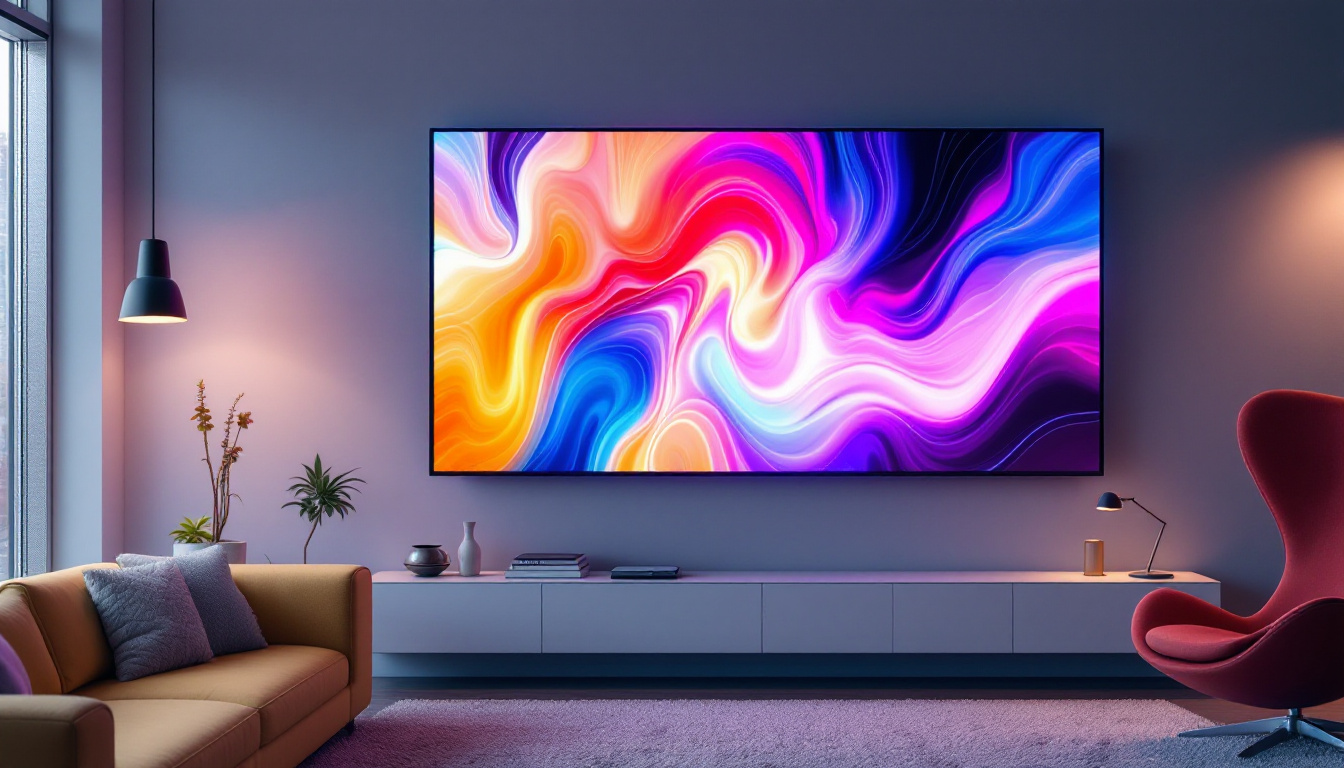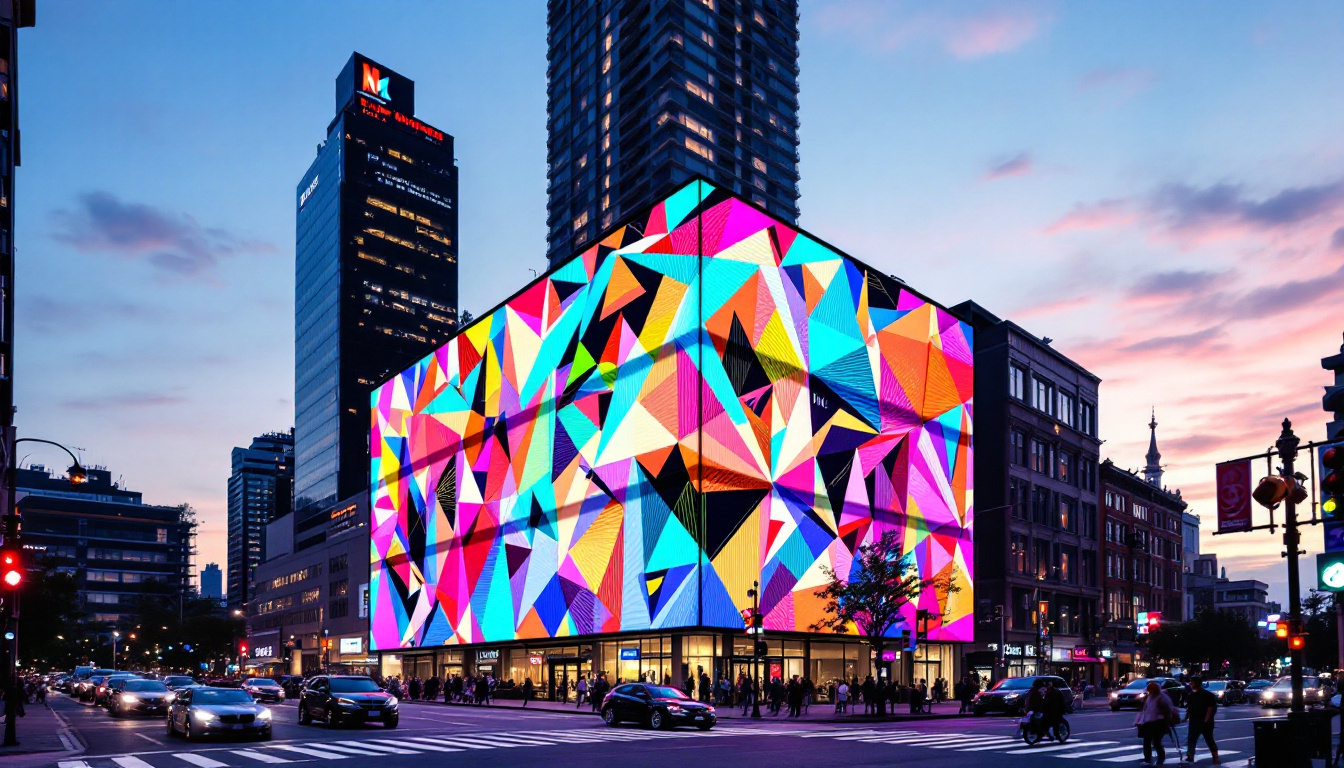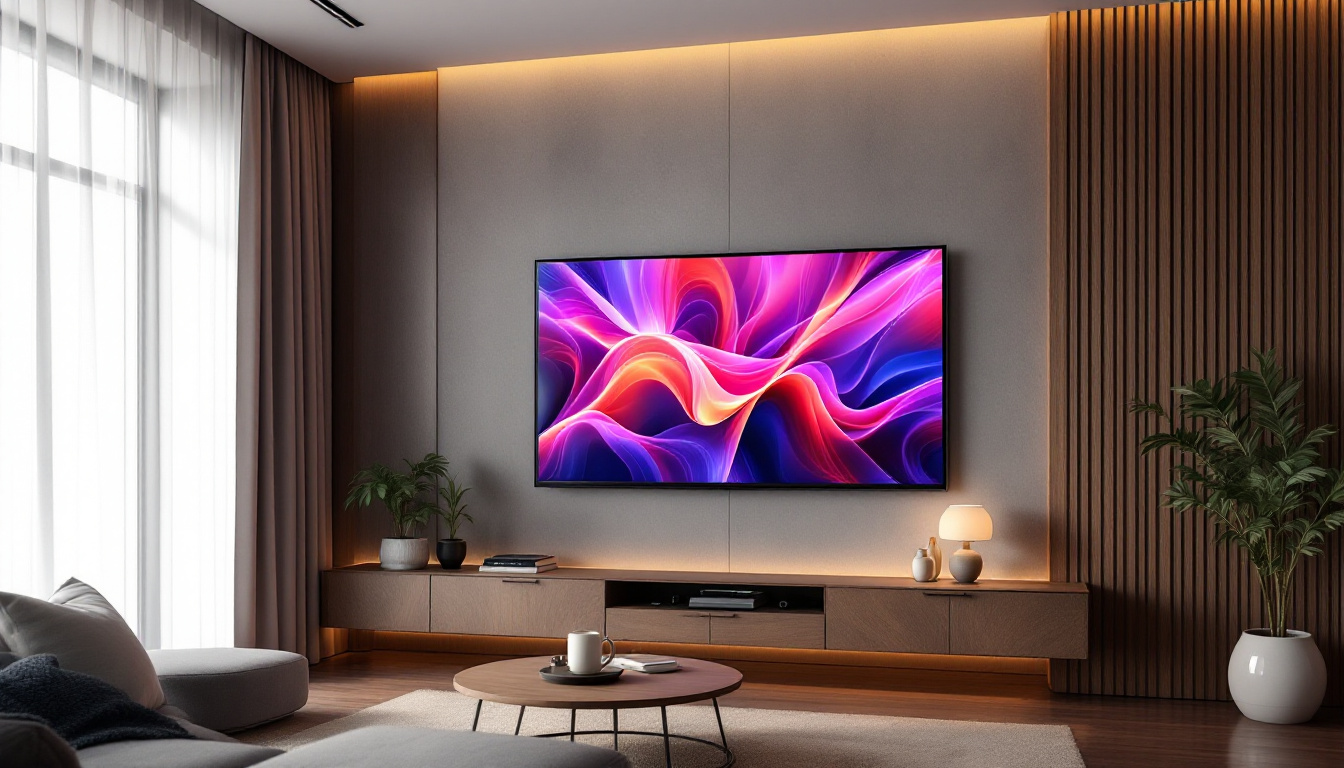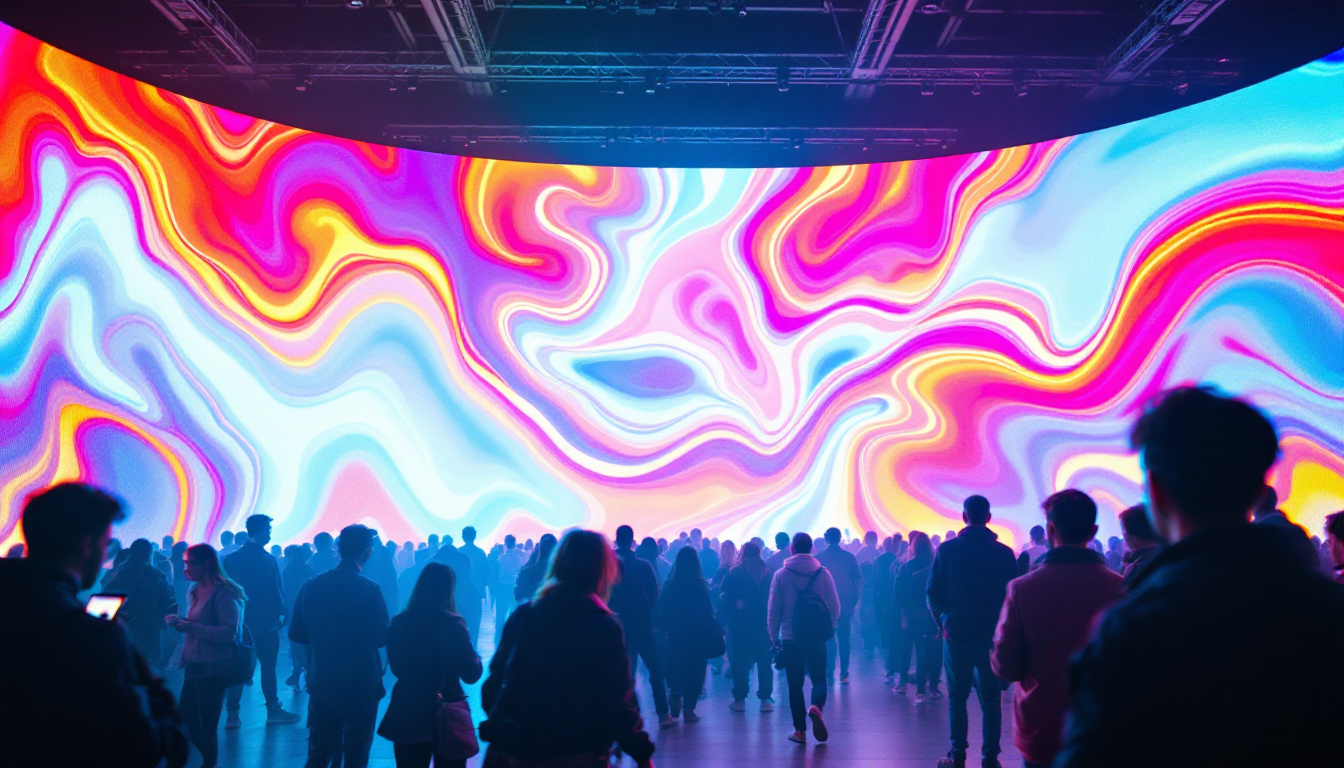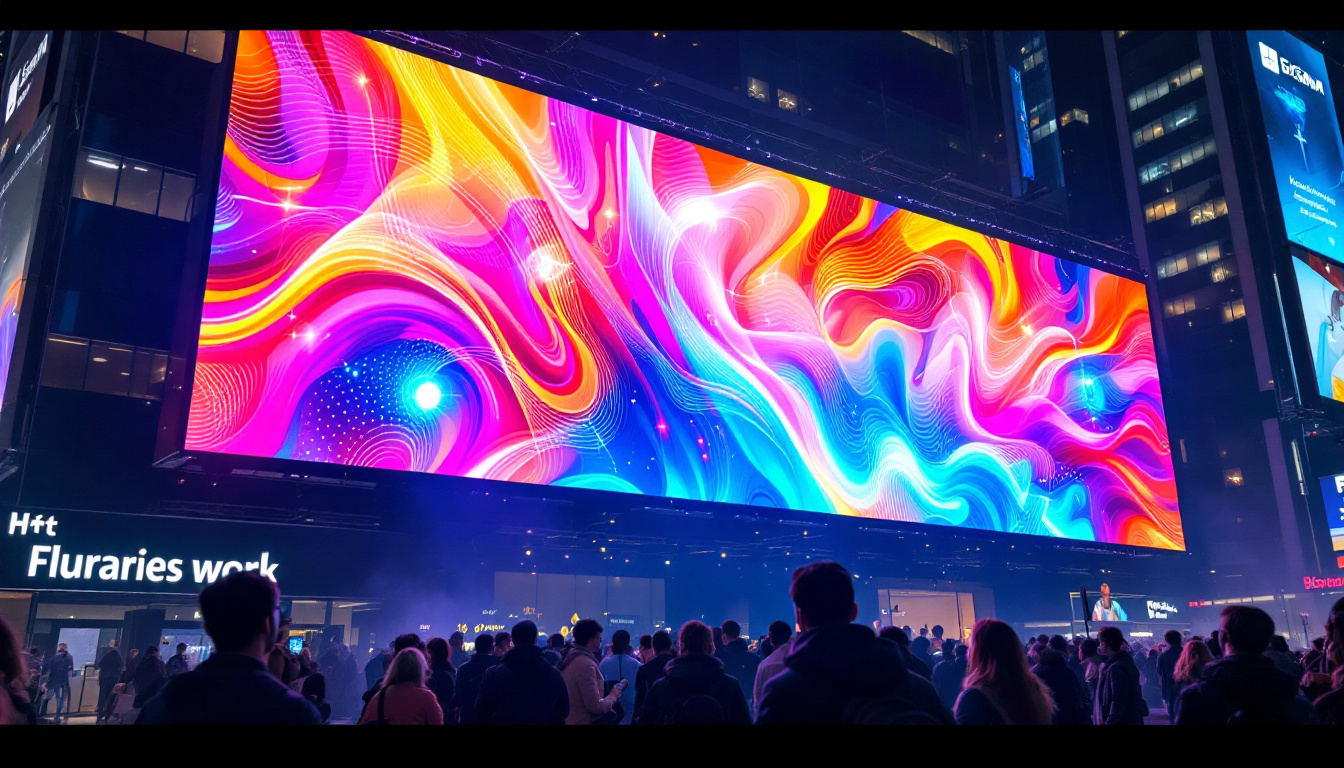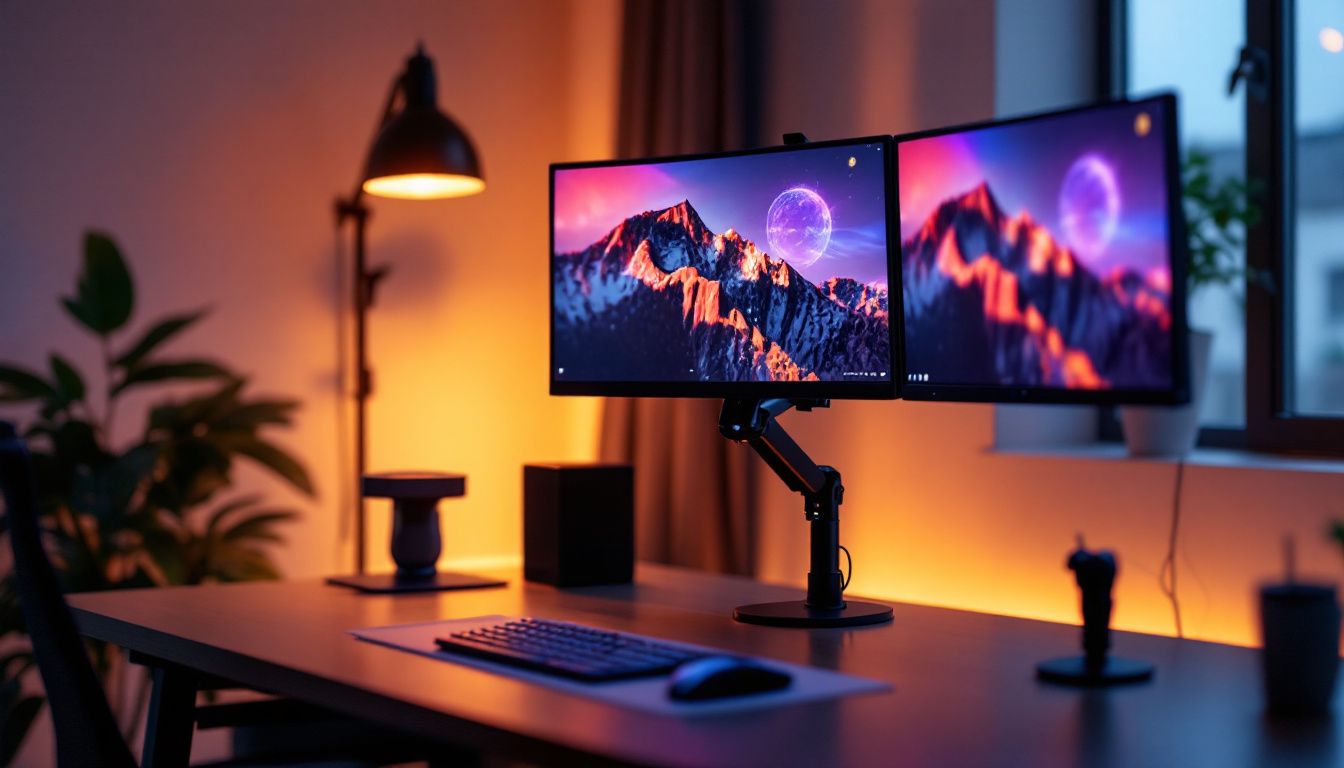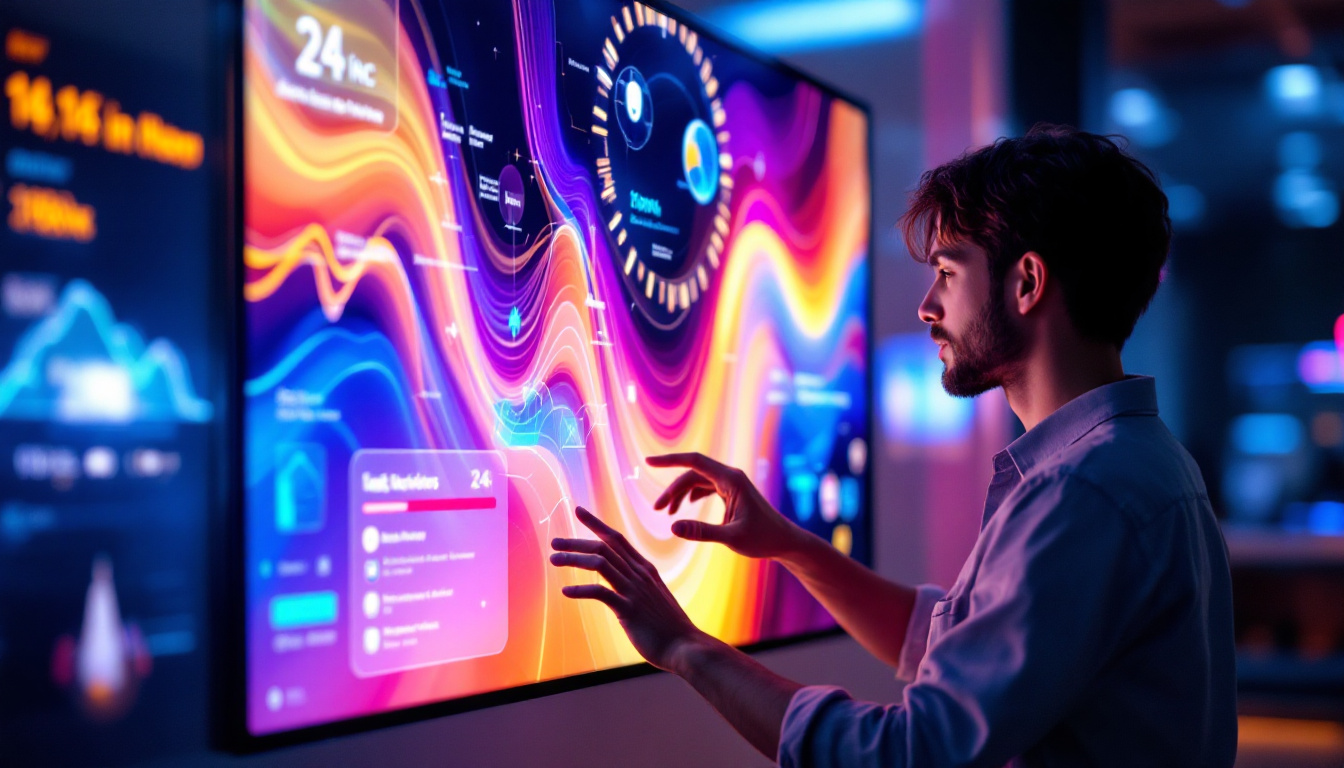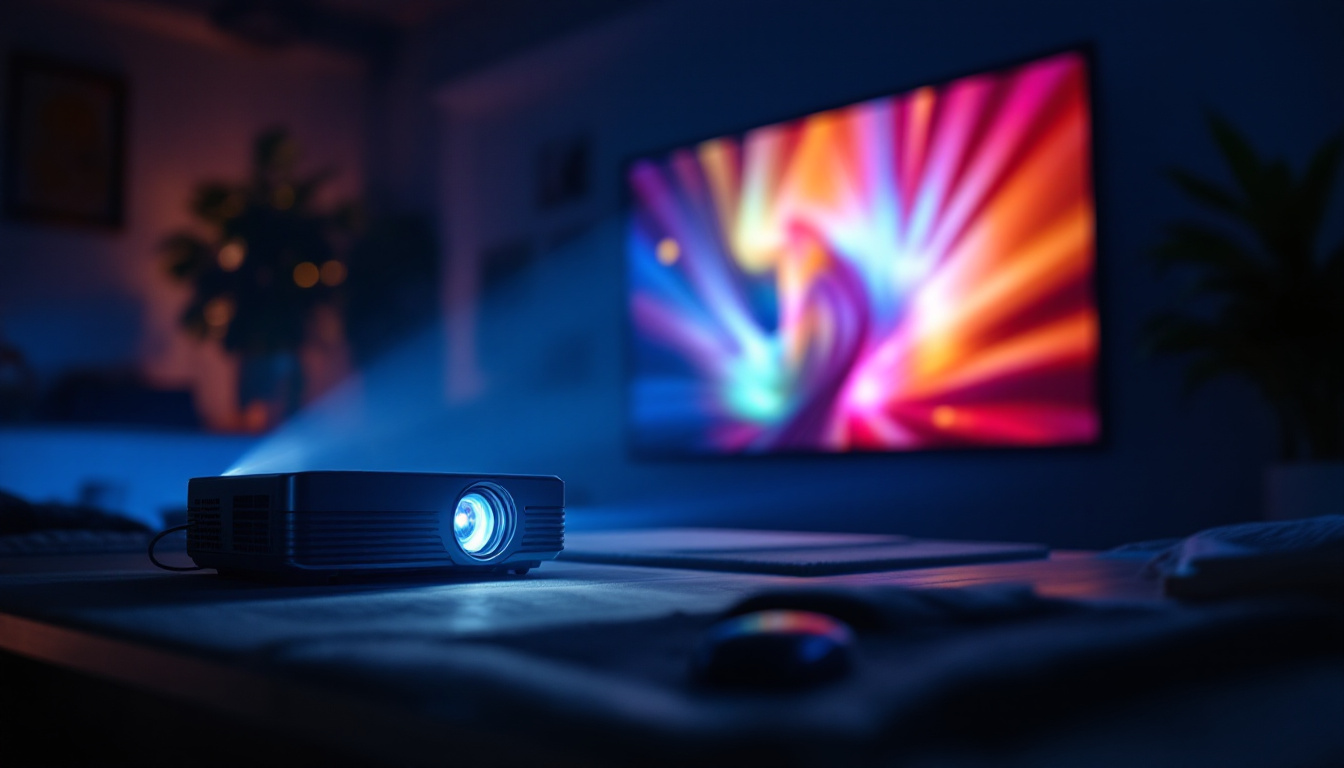In today’s digital age, large monitors have become a staple in both professional and personal environments. With advancements in technology, LED displays have emerged as one of the most popular choices for consumers. This article delves into the intricacies of large monitors, particularly focusing on LED display technology, its benefits, and its applications.
Understanding LED Technology
LED, or Light Emitting Diode, technology has revolutionized the way visual content is displayed. Unlike traditional LCD screens that use fluorescent backlighting, LED displays utilize small diodes to emit light, resulting in brighter images and more vibrant colors. This fundamental difference in technology is what sets LED displays apart from their predecessors. Additionally, the energy efficiency of LED technology is noteworthy; it consumes significantly less power compared to older display technologies, making it an environmentally friendly choice that also reduces electricity costs for consumers and businesses alike.
The Basics of LED Displays
At its core, an LED display consists of a matrix of pixels, each made up of red, green, and blue diodes. When these diodes are illuminated in various combinations, they create a wide spectrum of colors, allowing for stunning visual presentations. This pixel-based structure not only enhances color accuracy but also improves contrast ratios, making images appear sharper and clearer. Furthermore, LED displays have a faster refresh rate, which is particularly beneficial for fast-moving visuals, such as in video games or action-packed movies, providing a smoother viewing experience that reduces motion blur.
Types of LED Displays
LED displays can be categorized into several types, each suited for different applications. The most common types include:
- Direct LED: In this configuration, LEDs are placed directly behind the screen, providing uniform brightness across the display.
- Edge-Lit LED: Here, LEDs are positioned along the edges of the screen, using light guides to distribute brightness. This design allows for thinner monitors but may result in uneven lighting.
- OLED: Organic Light Emitting Diodes offer even greater contrast and color accuracy by allowing each pixel to emit its own light, eliminating the need for backlighting.
In addition to these common types, there are also specialized LED displays, such as Mini-LED and Micro-LED technologies. Mini-LEDs use smaller diodes to enhance local dimming capabilities, resulting in improved contrast and deeper blacks, while Micro-LEDs take this a step further by utilizing microscopic LEDs that can create incredibly high-resolution displays. These advanced technologies are paving the way for even more immersive viewing experiences, particularly in large-scale installations like digital billboards and cinema screens, where detail and clarity are paramount.
Benefits of Large LED Monitors
large LED monitors come with a plethora of advantages that make them a preferred choice for various settings. From enhanced visual experiences to energy efficiency, the benefits are manifold.
Superior Image Quality
One of the most significant benefits of LED displays is their superior image quality. With higher brightness levels and better contrast ratios, LED monitors can produce vivid colors and deep blacks, making them ideal for watching movies, playing video games, or working on graphic design projects.
Moreover, the fast response times of LED displays reduce motion blur, which is particularly advantageous for fast-paced content. This quality makes large LED monitors a favorite among gamers and professionals who require precise visual accuracy. The ability to display a wider color gamut also enhances the viewing experience, allowing for more realistic and immersive visuals. This is especially beneficial in creative fields, where color precision can significantly impact the final product.
Energy Efficiency
Energy efficiency is another compelling reason to choose LED displays. Compared to traditional LCDs and older display technologies, LED monitors consume significantly less power. This not only translates to lower electricity bills but also contributes to a reduced carbon footprint.
Many modern LED monitors come with features such as automatic brightness adjustments, which further enhance energy savings by adapting to the ambient light conditions in the room. Additionally, the longevity of LED technology means that these monitors often have a longer lifespan than their counterparts, reducing the need for frequent replacements and further minimizing environmental impact. This durability is complemented by advancements in technology, allowing for better heat dissipation, which enhances performance and reliability over time.
Versatility and Size Options
Large LED monitors are available in a variety of sizes, making them suitable for diverse applications. Whether it’s for a home theater, a corporate conference room, or a digital signage solution, there’s a large LED monitor to fit every need.
Additionally, many large monitors support various resolutions, including Full HD, 4K, and even 8K, providing options for users looking for high-definition experiences. This versatility ensures that consumers can find a product that meets their specific requirements. Furthermore, the integration of smart technology into large LED monitors allows for seamless connectivity with other devices, enabling users to stream content directly or share screens effortlessly. This feature is particularly useful in collaborative environments, where multiple users can contribute to presentations or creative projects in real-time, enhancing productivity and engagement.
Applications of Large LED Monitors
The applications of large LED monitors are vast and varied, spanning across multiple industries and environments. Their adaptability makes them suitable for both personal and professional use.
Corporate and Educational Use
In corporate settings, large LED monitors are often used for presentations, video conferencing, and collaborative work. Their ability to display high-quality visuals makes them ideal for sharing complex data and engaging with audiences effectively.
In educational environments, these monitors enhance the learning experience by providing clear visuals for lectures and interactive lessons. Teachers can display multimedia content that captivates students, making learning more engaging and effective.
Entertainment and Gaming
For entertainment purposes, large LED monitors are a game changer. Home theaters equipped with these displays offer an immersive viewing experience, bringing movies and shows to life with stunning clarity and vibrant colors.
Gamers also benefit from large LED monitors, as the enhanced visuals and fast response times create a more engaging gaming experience. Many monitors come with features tailored specifically for gaming, such as low input lag and high refresh rates.
Digital Signage and Advertising
Digital signage is another prominent application of large LED monitors. Businesses use these displays to showcase advertisements, promotions, and information in public spaces. The eye-catching visuals and ability to update content in real-time make LED monitors an effective tool for attracting customer attention.
From retail stores to airports, large LED displays are utilized to convey messages, enhance brand visibility, and improve customer engagement. Their versatility allows for dynamic content that can be tailored to specific audiences and locations.
Choosing the Right Large LED Monitor
Selecting the right large LED monitor requires careful consideration of various factors. With so many options available, it’s essential to identify the specific needs and preferences before making a purchase.
Resolution and Size
When choosing a large LED monitor, resolution and size are two of the most critical factors. The resolution determines the clarity and detail of the images displayed, with higher resolutions providing sharper visuals. Common options include Full HD (1920×1080), 4K (3840×2160), and 8K (7680×4320).
Size is equally important, as it affects the viewing experience. A larger screen can enhance immersion, but it’s essential to consider the viewing distance to ensure that the display fits comfortably within the available space.
Refresh Rate and Response Time
For gaming and fast-paced content, the refresh rate and response time of a monitor are crucial. The refresh rate, measured in hertz (Hz), indicates how many times the screen refreshes per second. A higher refresh rate results in smoother motion, which is particularly important for gaming.
Response time, measured in milliseconds (ms), refers to how quickly a pixel can change from one color to another. Lower response times reduce motion blur and ghosting effects, enhancing the overall viewing experience.
Connectivity Options
Connectivity options are another significant consideration when selecting a large LED monitor. Ensure that the monitor has the necessary ports to connect to your devices, such as HDMI, DisplayPort, USB-C, and audio outputs. Compatibility with various devices will enhance the monitor’s versatility and usability.
Additionally, features like built-in speakers, USB hubs, and wireless connectivity can add convenience and improve the overall user experience.
Maintaining Your Large LED Monitor
Proper maintenance of a large LED monitor is essential to ensure its longevity and optimal performance. Regular care can prevent issues and keep the display looking its best.
Cleaning and Care
Cleaning the screen regularly is crucial for maintaining image clarity. Use a microfiber cloth and a gentle cleaning solution specifically designed for screens. Avoid using harsh chemicals or abrasive materials that could damage the display.
In addition to the screen, it’s essential to keep the monitor’s vents and ports free from dust and debris. This helps prevent overheating and ensures that all connections remain functional.
Calibration for Optimal Performance
Calibrating the monitor can significantly enhance its performance. This process involves adjusting settings such as brightness, contrast, and color balance to achieve the best possible image quality. Many monitors come with built-in calibration tools, or users can opt for third-party calibration devices for more precise adjustments.
Conclusion
Large LED monitors have transformed the way visual content is experienced, offering superior image quality, energy efficiency, and versatility. Their applications span across various fields, making them indispensable in both personal and professional settings.
When choosing the right monitor, it’s essential to consider factors such as resolution, refresh rate, and connectivity options to ensure that it meets specific needs. With proper maintenance and care, a large LED monitor can provide years of exceptional performance, enhancing everything from entertainment to productivity.
As technology continues to evolve, large LED monitors will undoubtedly play a pivotal role in shaping the future of visual communication, making them a worthy investment for anyone looking to elevate their viewing experience.
Discover LumenMatrix’s Innovative LED Displays
Ready to experience the pinnacle of LED technology for your personal or professional needs? LumenMatrix offers a vast array of cutting-edge LED display solutions, from vibrant Indoor LED Walls to dynamic Outdoor LED Displays, and beyond. Whether you’re looking to captivate passersby with a Vehicle LED Display, make a statement with an LED Poster, or create an immersive environment with a Floor LED Display, LumenMatrix has the perfect solution to bring your vision to life. Elevate your visual communication and engage your audience like never before. Check out LumenMatrix LED Display Solutions today and transform your space with unparalleled clarity and impact.

